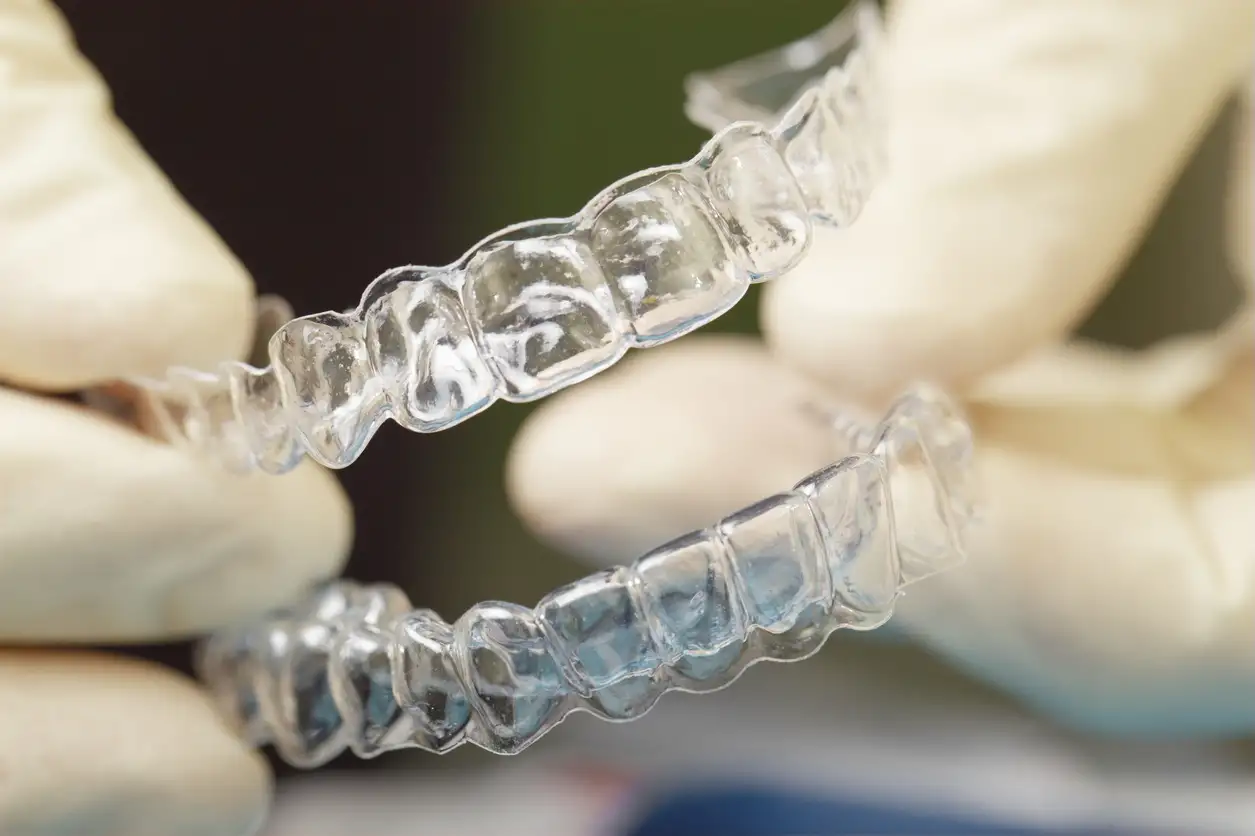Understanding Braces and Dental Splints for Oral Health
Braces and dental splints are orthodontic devices used to correct teeth alignment or support jaw function. Braces gradually move teeth into position, while splints are often used for conditions such as temporomandibular joint disorders or teeth grinding.

What Are Braces and Dental Splints?
Braces are orthodontic devices designed to correct misaligned teeth, bite problems, and jaw positioning issues. They consist of brackets, wires, and bands that apply controlled pressure to gradually move teeth into proper alignment. Modern braces come in several varieties, including traditional metal braces, ceramic braces, and clear aligners like Invisalign.
Dental splints, also known as night guards or occlusal splints, are protective devices worn over teeth to prevent damage from bruxism (teeth grinding and clenching). These custom-fitted appliances create a barrier between upper and lower teeth, reducing wear and protecting dental work while alleviating jaw muscle tension.
Essential Braces and Dental Splints Information
Understanding the differences between these treatments helps patients make informed decisions about their oral health care. Braces typically require 18 to 36 months of treatment, depending on the complexity of the case and patient compliance. Regular adjustments every 4 to 8 weeks ensure steady progress toward the desired alignment.
Dental splints offer immediate protection and can be used indefinitely as needed. They require periodic replacement due to normal wear, typically lasting 2 to 5 years with proper care. Both treatments may cause initial discomfort as patients adjust to wearing the appliances, but this usually subsides within a few days to weeks.
Comprehensive Braces and Dental Splints Guide
The treatment process begins with a thorough examination by an orthodontist or dentist who specializes in these appliances. For braces, this includes X-rays, photographs, and dental impressions to create a detailed treatment plan. The orthodontist will discuss timeline expectations, care requirements, and potential challenges specific to each case.
For dental splints, the process involves evaluating grinding patterns, jaw alignment, and any existing dental damage. Impressions of the teeth create a custom-fitted splint that provides optimal protection and comfort. Patients receive detailed instructions on proper cleaning, storage, and usage guidelines to maximize the appliance’s effectiveness and longevity.
Regular follow-up appointments monitor progress and make necessary adjustments. Braces patients require more frequent visits for wire changes and bracket adjustments, while splint users typically need annual check-ups to assess wear patterns and fit.
| Treatment Type | Provider | Average Cost Range |
|---|---|---|
| Traditional Metal Braces | Aspen Dental | $3,000 - $7,000 |
| Ceramic Braces | Orthodontic Associates | $4,000 - $8,000 |
| Invisalign Clear Aligners | SmileDirectClub | $1,200 - $8,000 |
| Custom Night Guard | Local Dental Offices | $300 - $800 |
| Over-Counter Splints | Pharmacy Retailers | $20 - $200 |
Prices, rates, or cost estimates mentioned in this article are based on the latest available information but may change over time. Independent research is advised before making financial decisions.
Maintenance and Care Requirements
Proper maintenance ensures the effectiveness and longevity of both braces and dental splints. Braces require meticulous oral hygiene, including specialized brushing techniques and regular flossing with orthodontic tools. Patients must avoid hard, sticky, or sugary foods that can damage brackets or cause cavities around the hardware.
Dental splints need daily cleaning with mild soap and cool water, avoiding hot temperatures that can warp the material. Regular inspection for cracks, sharp edges, or excessive wear helps identify when replacement is necessary. Proper storage in a ventilated case prevents bacterial growth and protects the appliance from damage.
Expected Treatment Outcomes
Successful braces treatment results in properly aligned teeth, improved bite function, and enhanced facial aesthetics. Patients often experience better oral hygiene capability, reduced risk of tooth decay and gum disease, and increased confidence in their smile. The long-term benefits include decreased wear on teeth and reduced risk of jaw joint problems.
Dental splints effectively reduce tooth wear, minimize jaw pain, and protect existing dental work from grinding damage. Many patients report improved sleep quality and reduced morning headaches after consistent splint use. The protective benefits help preserve natural teeth and expensive dental restorations over time.
Both braces and dental splints represent valuable investments in long-term oral health when professionally fitted and properly maintained. Working with qualified dental professionals ensures optimal results and helps patients understand realistic expectations for their specific situations. Regular follow-up care maximizes treatment benefits and addresses any concerns that arise during the process.
This article is for informational purposes only and should not be considered medical advice. Please consult a qualified healthcare professional for personalized guidance and treatment.




